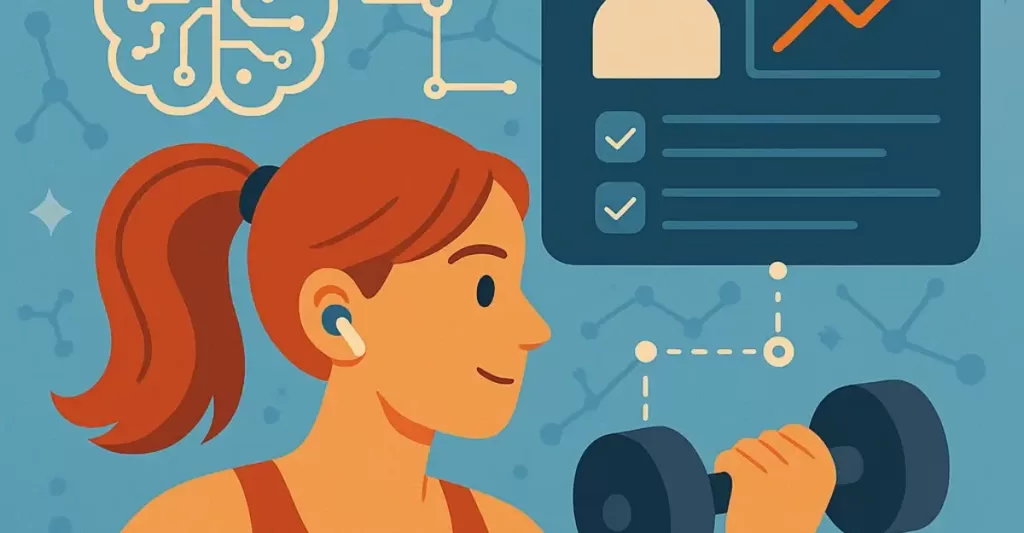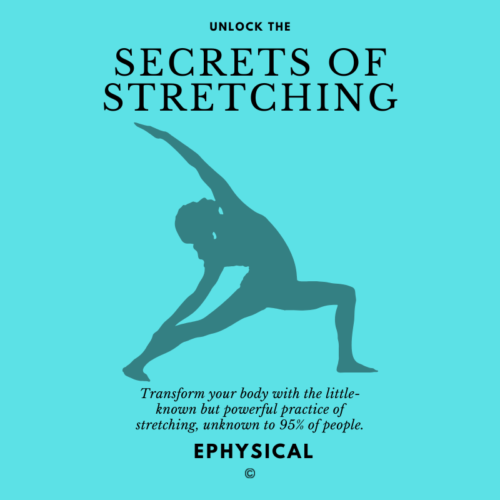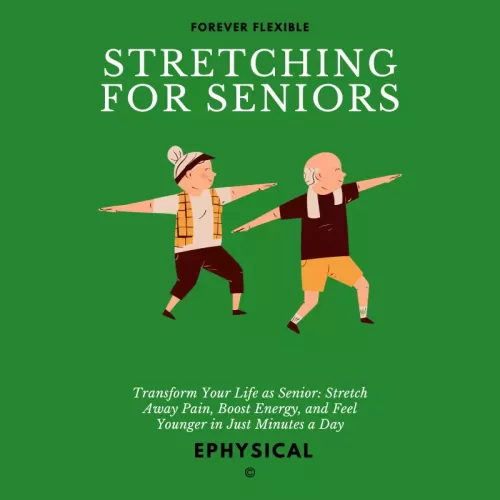AI and Exercise: How Machine Learning Helps Predict Workout Commitment Levels
AI and Exercise: How Machine Learning is Changing Fitness Research

Staying committed to an exercise routine is a common challenge, but researchers at the University of Mississippi are using machine learning to decode this problem.
Their recent study, published in Scientific Reports, dives deep into how artificial intelligence can help forecast which individuals are more likely to stick with physical activity over time.
By analyzing nearly 30,000 survey responses from the National Health and Nutrition Examination Survey (NHANES) between 2009 and 2018, the team identified key predictors of exercise adherence using AI-driven models.
Key Predictors of Exercise Adherence Identified by Ole Miss Researchers
The research team—including doctoral students Seungbak Lee and Ju-Pil Choe, under the guidance of Professor Minsoo Kang—focused on personal, behavioral, and demographic data. Variables like age, gender, BMI, education, and sedentary behavior were all considered.
Among the most significant predictors across machine learning models were:
-
Sedentary time
-
Gender
-
Education level
Interestingly, education level was consistently a powerful predictor.
This suggests that social and environmental factors, not just personal motivation, play a critical role in whether someone maintains an exercise habit.
Real-World Implications: Smarter Fitness Programs with AI
These insights could lead to more personalized fitness recommendations and interventions.
Instead of a one-size-fits-all approach, programs could be tailored based on an individual’s likelihood to follow through—predicted by their lifestyle, education, and behavior patterns.
Although the study relied on self-reported physical activity data (which has limitations), its large sample size and advanced modeling techniques offer a promising step forward.
As machine learning becomes more integrated into health research, the potential to create smarter, more effective wellness programs grows significantly.
Why Predicting Exercise Adherence Matters
Understanding who is likely to stick with an exercise routine—and why—is more than just a curiosity. It’s a public health priority.
Physical inactivity is a major contributor to chronic diseases like obesity, diabetes, and heart conditions. Despite widespread awareness of the benefits of exercise, many people struggle to stay active consistently.
That’s where predictive tools like machine learning come in. By identifying individuals at risk of dropping off, healthcare providers and fitness programs can intervene earlier and more effectively.
Moreover, insights from AI can help shape public health policy.
For example, if education level is a strong predictor of exercise adherence, it signals a need for more accessible and inclusive fitness education and community support.
Tailoring outreach and intervention strategies based on these predictors could significantly improve long-term health outcomes for different populations.
In short, this research doesn’t just help individuals get fit—it helps society move toward smarter, data-driven wellness strategies.





